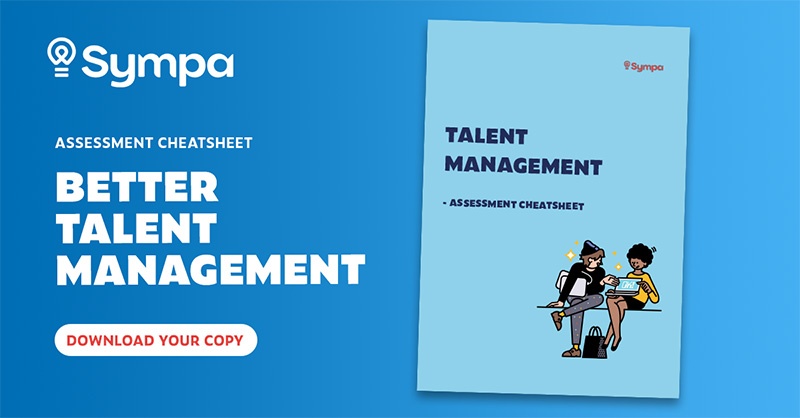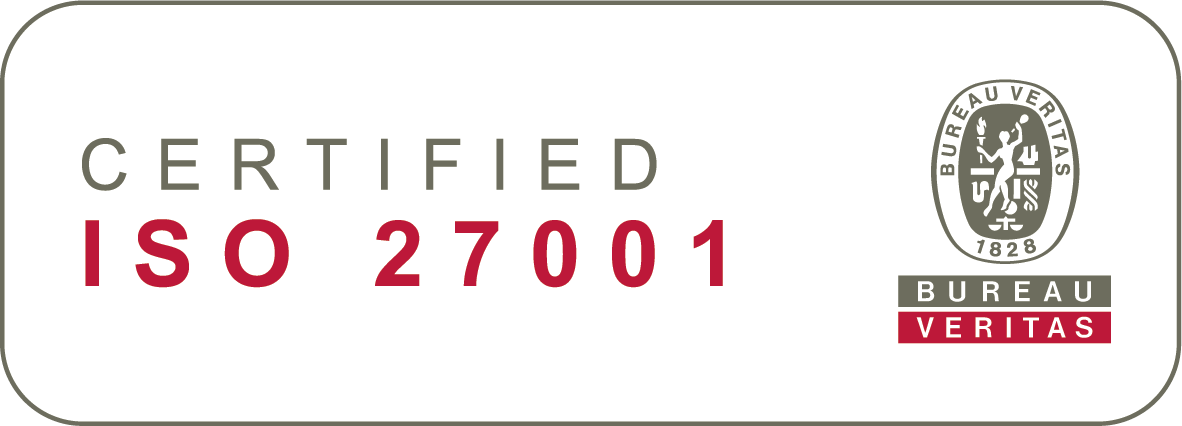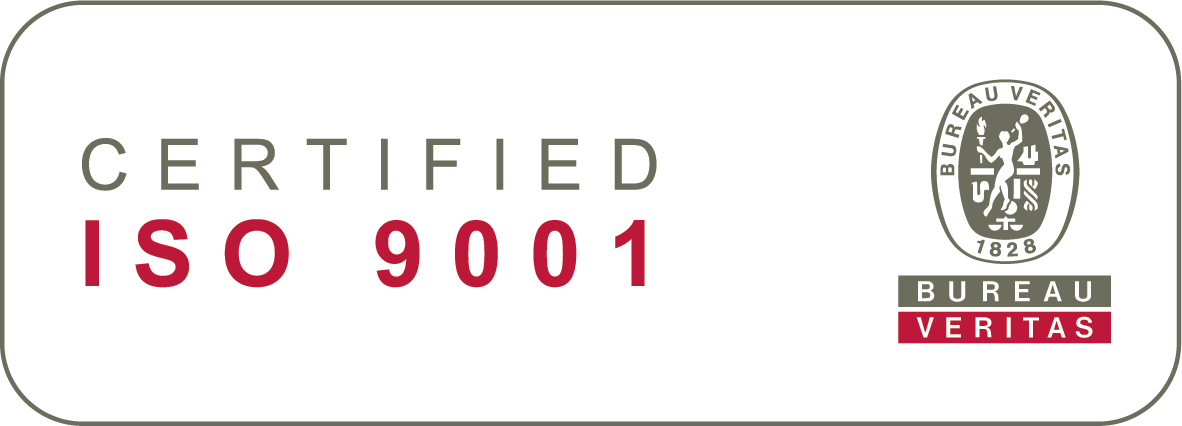What is workforce analytics and how can it be used to find insights about your people and business? Discover by reading our blog post.
Workforce analytics has featured prominently in many discussions and trend reports, including our latest HR trends analysis. However, what has been lacking so far is a simple introduction to the topic.
In this article, we’ll be discussing the basics of workforce analytics and the top three things that HR managers should know to apply in their work.
What Is Workforce Analytics?
Workforce analytics allows HR teams and executives to access and analyse data and metrics on various aspects of people management, such as:
- Recruitment
- Training and Development
- Staffing
- Personnel
- Compensation
- Benefits
- Time to Hire
- Cost per Hire
- Retention Rate
- Turnover Rate
- Time to Start
- Offer Acceptance Rate
These are just some of the things that can be studied with the help of workforce analytics. Briefly put, it’s a set of analytical tools and metrics for workforce planning and monitoring, performance management, and overall strategy improvement.
Put to good use, insights from workforce analytics can help executives make data-driven decisions about the workforce and gain valuable insight from historical data to be implemented for future workforce planning.
Workforce analytics is also a branch of people analytics that can effectively monitor and examine employees’ productivity to make workflow improvements. Relying on key HR metrics, workforce analytics empowers HR to optimise talent hiring, training, and retention processes.
Additionally, workforce analytics is useful for the following:
- Measuring Employee Engagement
- Assessing Employee Experience
- Analysing Organisational Structure
- Identifying Suitable Employees for Leadership Positions
- Identifying Key Determinants of Employee Satisfaction
- Examining Current Trends
- Predicting Future Trends Through Historical Data
Workforce Analytics and HR Analytics: What’s The Difference?
Although they are often used interchangeably, there’s a difference between the two:
- Workforce analytics specifically focuses on analysing people data and aspects of talent management. Analytical software that deals with employee data are also more closely related to workforce analytics.
- HR analytics is more concerned with organisational issues at large, including HR operations, workflow and procedure management, and strategic planning.

Why Is Workforce Analytics Important?
Workforce analytics gathers large amounts of data to deliver insights that HR leaders can use to improve their management, recruitment, retention, and hiring processes. Through workforce analytics, HR can effectively pinpoint areas of weakness to create strategies for improvement and identify strengths to continue bolstering current processes.
Here are three things anyone working within HR should understand when planning to embark on their own journey into workforce analytics.
1. Workforce Analytics Explains Business Phenomena Using People Data
Let’s begin by correcting a common misunderstanding: workforce analytics is not like traditional retrospective or legal HR reporting tools that you could get directly from your payroll system, for instance.
Workforce analytics is concerned with explaining business phenomena with an analysis of one or more data sources. It’s about finding causalities and patterns and using statistical methods to determine how they have evolved.
When causalities and/or patterns are identified, it’s time to analyse the forces behind them and to make clear recommendations for action. The management team is thus able to use people data to make data-driven business decisions.
2. Workforce Analytics Provides Tangible Measures and Recommendations
Usually, the discoveries made from the people data are visualised and presented as a story. The last stage is to evaluate the business impact of the recommendations – this should function as the project’s ultimate key performance indicator (KPI’s.) If the recommendations create tangible business value, the project can be considered successful.
You can use workforce analytics with the data you already have, and if your existing data needs improving, the process will highlight areas that may need to be improved in future. However, if your team has the necessary experience (HR or dedicated analytics team), you can build forward-looking, predictable scenarios. This allows the management team to plan ahead.
Forward planning can be helpful in a range of situations, like planning a basic salary budget, for instance. You might ask: ‘What happens if we increase everybody’s salary by 2%?’.
If the recommendations create tangible business value, the project can be considered successful.
3. Workforce Analytics Supports Agile Decision-Making
Traditional HR reporting struggles to keep up with business demands because, in almost all cases, traditional HR reporting bases reports on past data, i.e. ‘what was our headcount on a certain date?’ or ‘how many sick days did we have last year?’ The business landscape changes quickly; hence we need more predictive insights driven by workforce analytics.
Thus companies need more agile methods for collecting, managing and analysing people data. It’s clear that workforce analytics is here to stay – so it’s time to start shaping your own vision of it.
Analytics can be used to generate rapid results (i.e. discovering why there are recurring patterns of seasonal absences) and build long-term strategies, such as a plan to attract talent to the organisation and retain it.
How Can Companies Benefit From Workforce Analytics?
Workforce analytics empowers organisations to identify and address opportunities or challenges in personnel management. Some of its benefits are:
Addressing Organisational Needs
Workforce analytics can help HR effectively identify high-potential candidates who best fit an organisation’s needs and work culture. It can also help HR managers forecast who amongst the current talent pool have leadership potential so that the right mentoring and resources can be provided to them.
Furthermore, workforce analytics can analyse historical data to anticipate organisational needs and be proactive in finding the right talent for these needs.
In terms of employee engagement, workforce analytics can help determine key employee engagement and satisfaction indicators to continue providing the workforce with the right training and incentives.
Utilising Helpful Algorithms for Talent Management
Most of the workforce analytics algorithms can be applied to major talent management areas such as recruitment, retention, and employee management. The ease with which HR teams can carry out otherwise tedious and time-consuming tasks proves that workforce analytics tools can vastly improve most talent management processes.
Some examples of tasks that you can carry out are:
Recruitment
- Automatic creation of a shortlist of candidates.
- Background check and social media check on a candidate’s personality as well as positive or negative traits.
- Automatic search of resumes and unpacking of applicant information (in place of searching for keywords).
- Conduct searches that eliminate gender bias innate in human decision-making.
- Searching for candidates with the same skills and profile as existing top talents within the organisation.
Retention
- Monitor employee behaviour for productivity.
- Monitor employee behaviour for security purposes.
- Monitor over-performing employees and fix compensation rates for those who might have been underpaid or unacknowledged.
- Monitor and flag any employee behaviour that might indicate that an employee may want to leave the organisation.
Employee Management
- Pinpoint training and skill gaps in employees to provide adequate training and support.
- Track high-performers for proper training in preparation for succession planning.
- Set performance benchmarks and measure employee performance against these benchmarks to assess any additional need for training and support.

Improving Company Culture
Workforce analytics can also improve company culture by improving key metrics such as employee engagement, employee experience, and employee performance. By evaluating large-scale data, analytics can empower employees to perform at their best by striving to reach their top potential whilst letting them know that the organisation is open to providing support and recognition wherever needed.
Overall, high productivity balanced with great benefits and other contributors to employee satisfaction can create an attractive and positive company culture. Analytics can also pinpoint negative or detrimental practices that may reduce productivity or make a dent in employee satisfaction, thereby allowing leaders to revisit policies that may be ineffective or wasteful.
Helping Organisational Teams Other Than HR
The ability to view and analyse real-time data concerning functions per department, per team or individual scale provides HR teams and organisational leaders with a competitive advantage. Because of the specificity of data that can be accessed, workforce analytics can provide other teams outside HR with helpful insights on their particular team’s behaviour, productivity, and satisfaction. This allows managers in every department to make informed decisions, thanks to data-driven HR.
How to Implement Workforce Analytics
Remember that data alone can be rendered useless if not interpreted correctly and analysed for helpful insights. To effectively implement workforce analytics in your organisation, consider the following pointers.
1. Start With a Problem
Begin with a problem or question in mind concerning your workforce. It has to be something that your team or organisation needs or wants to address. Start asking questions like: ‘Will addressing skill gaps improve employee performance?’ or ‘Will revisiting high-achieving employees’ compensation and benefits improve retention?’
2. Back up Claims or Actionable Suggestions to Management and Executives With Data
For changes to happen, managers and executives outside HR need to understand the problem at hand. As such, the analysis should report on key HR metrics relevant to the problem or problems you established in Step 1. For example:
The problem: Will addressing skill gaps improve employee performance?
- This will need relevant data on employee performance and evaluation before and after providing support for said skill gaps.
The problem: Will revisiting high-achieving employees’ compensation and benefits improve retention?
- This will need relevant data regarding employee satisfaction on compensation and benefits with the help of employee survey results.
3. Determine a Benchmark
Set a goal or benchmark to compare collected data with. This may be pulled from historical data or benchmark standards. Helpful benchmarks might be:
The problem: Will addressing skill gaps improve employee performance?
- The benchmark might be a marked improvement on performance such as more sales deals closed, a better quality of work, or higher work output.
The problem: Will revisiting high-achieving employees’ compensation and benefits improve retention?
- The benchmark might reveal increased employee satisfaction and retention amongst employees with improved compensation and benefits — or not.
4. Determine Which Metrics to Analyse and Report
This entails determining what metrics, levels, or relationships you will need to analyse and report on. Metrics might include things like training results, benchmarks per department, and employee surveys and self-assessments. When analysing and reporting, ask questions like ‘Are employees who have completed additional training for skill gaps more satisfied than employees who have not completed additional training?’ This way, your insights will be sharper and help you make better business decisions.
Further Reading
A great recommendation for further reading is “The Power of People” by Nigel Guenole, Jonathan Ferrar and Sheri Feinzig.
The book covers how work is changing and how data can create tangible value for the business and add credibility to HR. It gives you concrete examples and practical recommendations to start the process yourself. In fact, many of our recommendations are based on their work.
In Conclusion
Workforce analytics is a helpful and powerful resource, not only for HR teams but also for other teams within an organisation. As with anything that deals with data, proper interpretation and utilisation are key.
It is highly recommended that organisations make data accessible to employees, managers, and executives to eliminate guesswork, especially when dealing with substantial business decisions and time-sensitive processes. Workforce analytics is a step in the right direction for any team that wants to maximise their hiring, retention, and training efforts, as well as support their organisational business goals.
Before you go: When planning your first steps with workforce analytics, make sure you read our getting started with workforce analytics blog post.
If you have any questions or comments, feel free to contact us.


